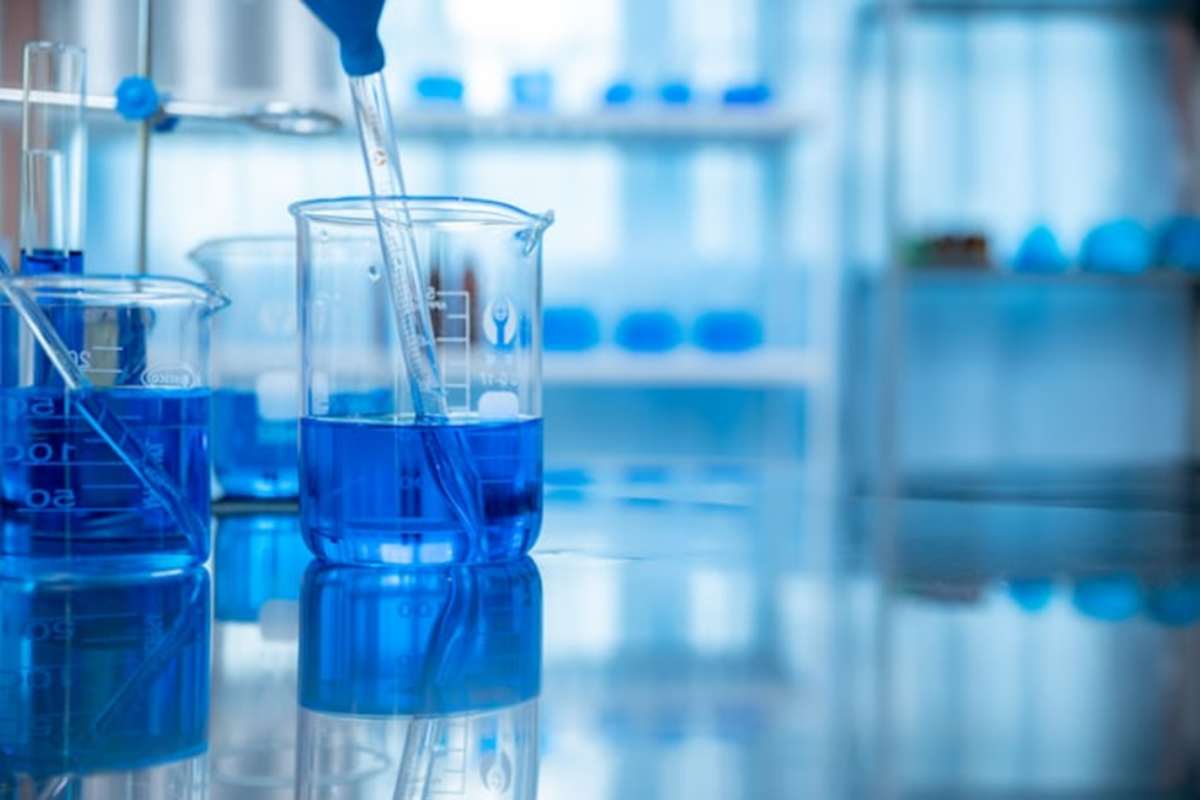Cell lines are the engines that power everything from antibody discovery to viral-vector production, yet establishing a high-performing, GMP-ready clone has long been a tedious mix of manual pipetting, colony picking, spreadsheet tracking and weeks-long assays. Modern, fully integrated cell-line-development (CLD) platforms are changing that picture. By automating single-cell isolation, imaging, expansion, analytics and data capture in one closed workflow, these systems can cut project timelines from months to weeks while raising confidence in monoclonality and product quality.
Why the old way no longer scales
A traditional CLD campaign involves transfecting a parental cell pool, manually seeding limiting dilutions across dozens of plates, and inspecting wells under a microscope to confirm single-cell origin. Each handling step risks contamination or mislabeling, and variability in operator technique leads to uneven growth rates and titer spread. As the industry pushes for larger molecule libraries and faster development cycles, the bottlenecks of manual cloning become painfully obvious.
1. Precise single-cell isolation at the push of a button
The cornerstone of any CLD platform is an automated, high-fidelity method for depositing exactly one viable cell per well. For instance, cell line development platforms use proprietary microfluidic dispensing and real-time imaging to verify monoclonality as each droplet lands, generating a time-stamped image record that satisfies regulatory auditors without extra paperwork. Acoustic or laser-based approaches in other systems achieve similar accuracy while eliminating shear stress associated with conventional FACS sorting. The result is a higher percentage of clones that are both monoclonal and productive, meaning fewer subcultures and faster convergence on a lead candidate.
2. End-to-end integration trims weeks off the schedule
Next-generation workstations link single-cell seeding to automated incubation, media exchanges, expansion into deep-well blocks, and even bioreactor inoculation. In one comparative study, an automated workflow generated IgG-producing CHO lines with titers that matched the best manual process but in roughly half the time. By eliminating hand-offs between equipment—and the pauses while technicians walk plates across the lab platforms keep cells in optimal conditions and compress the overall timeline.
3. Built-in imaging and analytics drive smarter clone ranking
High-content cameras capture growth curves, morphology and fluorescent productivity markers without removing plates from the incubator. Machine-learning models flag wells with aberrant confluence or odd colony architecture early, allowing researchers to cull poor prospects before they consume additional resources. A recent GEN article notes that such analytics “deliver high-quality, high-producing cell lines while significantly reducing timelines and costs,” especially when paired with automated titer assays.
4. Clone-centric data management and full traceability
Every dispense, image and assay result is written to a secure database that tracks each clone’s lineage from transfection to scale-up. Platforms like C.STATION automatically associate metadata—including reagent lots, incubation times and instrument settings—with the corresponding image or titer value. This clone-centric record simplifies investigational new drug (IND) filings and virtually eliminates the “Excel exhaustion” that plagues manual projects.
Key payoffs in a single glance
- Speed: end-to-end automation often halves development time.
- Quality: verified monoclonality and consistent culture conditions boost titer and stability.
- Compliance: image-based proof and auditable logs satisfy regulators.
- Cost control: fewer failed clones, less reagent waste, and reduced labour hours.
5. Reproducibility and sustainability baked in
Uniform pipetting speeds, closed consumables, and scripted incubation profiles take day-to-day variability out of the equation, so results generated in an R&D lab translate more smoothly to GMP suites. Reduced reagent volumes and smarter media scheduling also support greener operations—a growing concern as companies set carbon-reduction targets.
6. Flexibility for emerging modalities
Although monoclonal antibodies remain the dominant output, today’s systems are largely molecule-agnostic. Users report success with bispecifics, fusion proteins and even viral vectors for gene therapy. Workflow builders let scientists swap in transfection chemistries or analytics modules without writing code, making the same hardware useful across multiple programs.
Looking ahead
Industry observers expect tomorrow’s CLD workstations to plug directly into self-driving labs where AI algorithms design gene constructs, schedule transfections and refine culture recipes in real time. Conferences such as BPI West are already highlighting the convergence of big data, automation and advanced analytics as the blueprint for “next-day” clone selection. In that future, the limiting factor may no longer be how fast a lab can grow cells, but how quickly scientists can ask the next biological question.
Conclusion
Automated cell line development platforms are no longer experimental toys—they are quietly becoming the standard operating system of modern bioprocess labs. By combining precise single-cell isolation, integrated analytics and rock-solid data management, these systems slash timelines, raise product quality and free scientists to focus on design rather than execution. For organisations under pressure to deliver more candidates in less time, the question is no longer whether to automate, but how soon they can make the switch.

